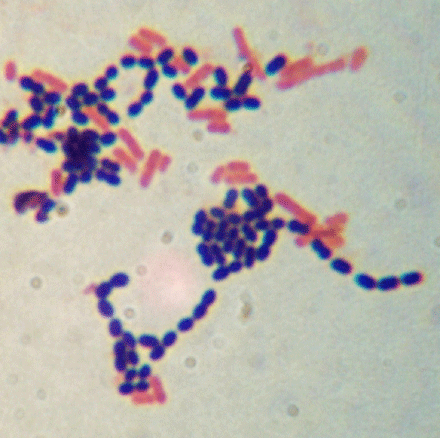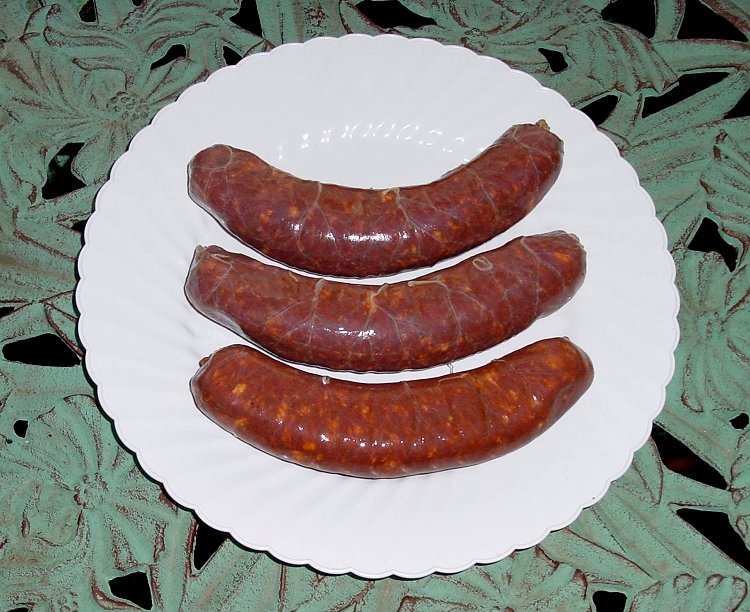We lied. This week is not completely unrelated to "Born This Way." Rick Genest (AKA Zombie Boy) up there is an example of extreme body modification; he is covered in skeletal and muscular tattoos from head to toe. He plans to do more where that came from, by the way.
Say, wouldn't it be cool if someone did a full-skeleton tattoo like that, only with glow in the dark ink? Y'know, so that they could go shopping without getting weird looks, but look like they were underneath an X-ray in the dark?
Well, at least one person did.
How did they do that?
This massive skeletal tattoo was done in blacklight ink. It does not technically glow in the dark. There is no safe "glow in the dark" ink and likely only one blacklight ink that has been certified safe by the FDA. Then again, the FDA lets Mickey D's through; how much you trust their judgment is entirely relative.
Smaller blacklight tatts have been done as well, looking just as impressive as their bigger counterparts. This sort of ink is great for doing hidden images like stars or simple accents on extant designs. The general idea is to have something that looks either invisible or okay under regular lighting, but REALLY stand out under UV light.

For the love of Pandora, why?
Things that glow in the dark, or at least under blacklight, are cool! Not everybody lives in the mesopelagic zone, AKA "that part of the ocean where everything glows in the dark." It's a pretty impressive effect on land. (Go click on the "bioluminescence" tag below to see more on that.)
Simple answer aside, mammals tend not to be very colorful animals. We, as mammals, have been cursed with a horrible, horrible pigment range. Pick your favorite domesticated mammal; chances are, every domesticated mammal out there can potentially have the exact same paint job. (The author cannot look at dogs the same way after clicking around in cow breed pages.) The mammal color range is sepia-tone, largely because mammals that see in full RGB color are few and far between.
 |
| This is a normal parakeet. Swear. |
This is not true with the rest of nature. Some pigments on flowers and feathers can only be properly seen beneath a UV lamp. Birds see colors into the ultraviolet range, and insects have a different type of vision from humans entirely, allowing them to identify each other and potential food on completely different light wavelengths. Humans are missing out; with our limited vision, we can only see half of nature's acid trip.
Think this is weird? Just wait. People do far weirder things with ink.
Tomorrow: Think tatts are cool? Imagine getting one in your eye.















































